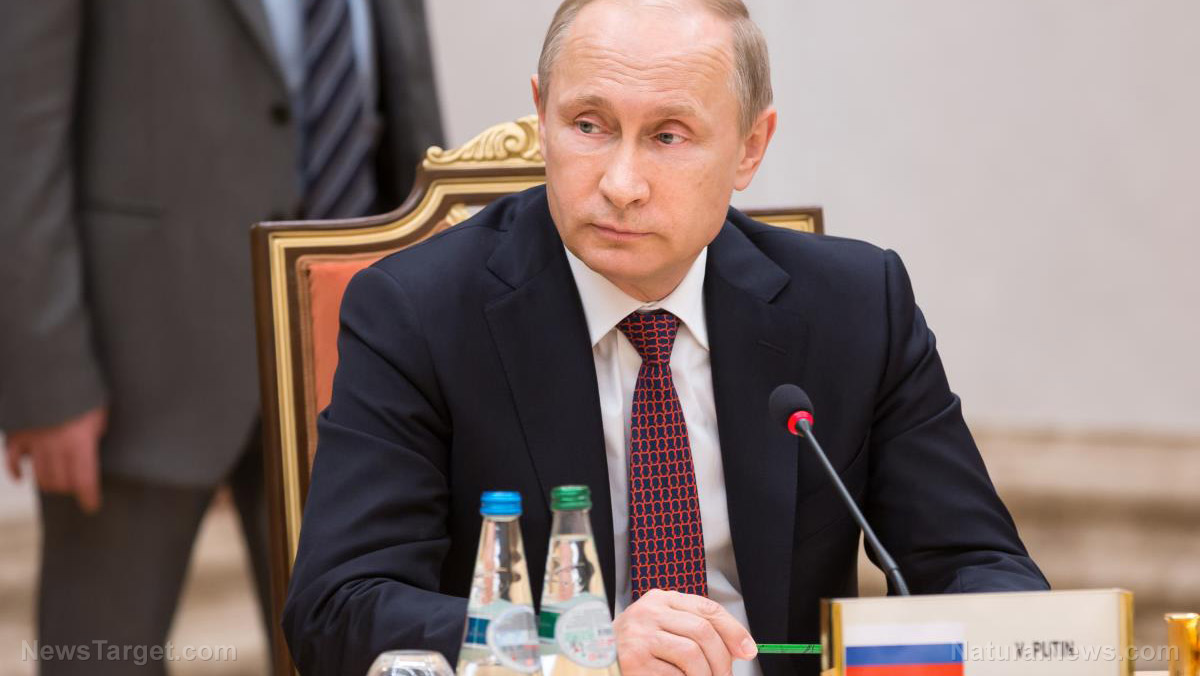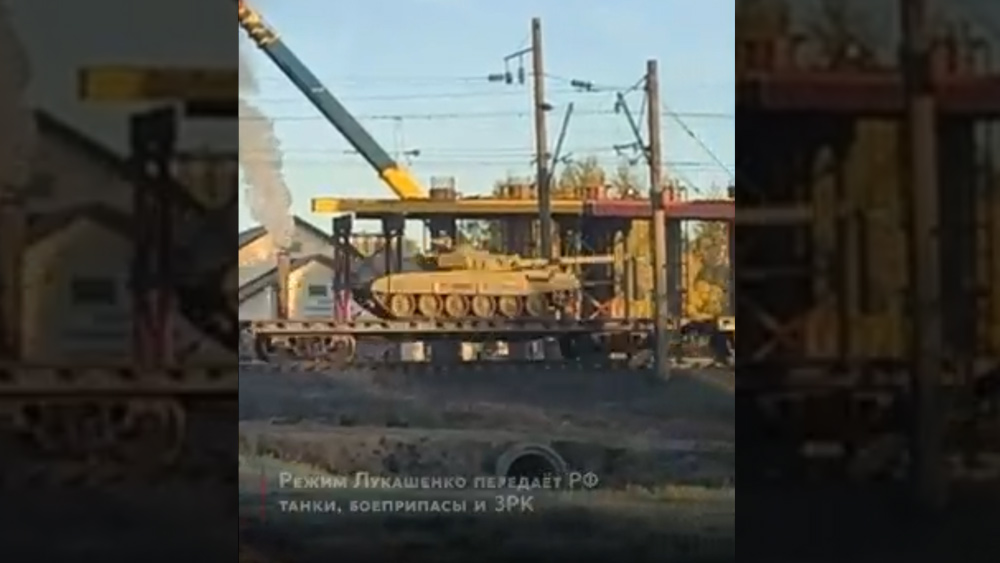
Russia's Ministry of Defense confirmed on February 8 that it has dispatched six warships toward the Black Sea from the Mediterranean before a series of large-scale naval drills, which the military said was pre-planned.
Uneasy tensions are hanging over Ukraine even as Western media outlets report that the warship movements are a "show of strength" by the Eurasian superpower. (Related: Russia warns Ukraine of full-scale conflict along the country's eastern border.)
Five of the six Russian warships are Ropucha-class tank landing ships, namely the Minsk, Korolev, Kaliningrad, Georgy Pobedonosets and Olenegorsky Gornyak. They are 4,080-ton amphibious ships capable of landing at least 10 main battle tanks and about 350 troops ashore.
The Minsk, Korolev and Kaliningrad were part of the six amphibious warship task group amassed from the Baltic and North fleets that were placed in the Russian naval base in Syria as part of a series of naval exercises.
Last month, warships from the group departed from the Russian territory in Kaliningrad in the Baltic Sea near Sweden. Maneuvers close to Swedish waters caused Stockholm to field a military force to strengthen the island of Gotland, the Goteborgs-Posten newspaper reported.
The Russian warships are due to arrive in the Black Sea by the end of the week, according to Naval News.
A United States defense official confirmed to USNI News on February 8 that a U.S. destroyer is operating near the task group in the North Aegean Sea.
Russia, meanwhile, has also deployed two 11,500-ton guided-missile Slava-class cruisers and escorts to the Mediterranean Sea. Last Feb. 2, the Pacific Fleet-based Slava-class Varyag, Udaloy-class destroyer Admiral Tributs and fleet oiler Boris Butoma entered the Eastern Mediterranean from the Suez Canal.
The Slava-class cruiser Marshal Ustinov, which has been operating off the Irish coast, reportedly entered the Mediterranean Sea on February 7 via the Automatic Identification System. The Russian fleet's planned exercises off the coast of Ireland was moved after an outcry from Irish fisherman. The Russian Navy's third Slava-class ship, Moskva, is based in the Black Sea.
Kremlin warships part of linked series of exercises
The Kremlin, according to the Russian Defense Ministry, has set up 140 ships across the globe as part of a linked series of exercises.
The formation is part of huge drills across all naval fleets slated later this month that is anticipated to include some 140 warships and support vessels, as well as aerial assets, to show up in the Pacific and Atlantic Oceans, as well as the Black Sea, North Sea, Mediterranean Sea and the Sea of Okhotsk.
The warships are expected to cross through Turkish-controlled straits, something North Atlantic Treaty Organization (NATO) member Turkey could legally close if it determined that Russia was preparing to attack Ukraine.
For now, NATO is cautiously watching the active phase of the "Allied Resolve" joint Russian-Belarus major exercises set February 10-20.
The Joe Biden administration has been pointing out a build-up of Russian military equipment, including fighter jets and S-400 missiles, inside Belarus – which is close to Ukraine.
Moscow is trying to convince the world that its troops and equipment will return home after the said drills.
Kremlin spokesman Dmitry Peskov told media that Russian soldiers "will return to their permanent locations" because "we’re talking about allied exercises and of course this is understood."
"No one has ever said that Russian troops will remain on the territory of Belarus, this has never been discussed," said Peskov as quoted by news agencies.
Russian President Vladimir Putin reportedly wanted to bring this message to French President Emmanuel Macron during their five-hour summit on February 7.
More related stories:
Watch the video below to know more about Russia's possible invasion of Ukraine.
This video is from the Buzz Behind the Veil channel on Brighteon.com.
Follow MilitaryTechnology.news to know more about military weapons of war.
Sources include:
Please contact us for more information.





















